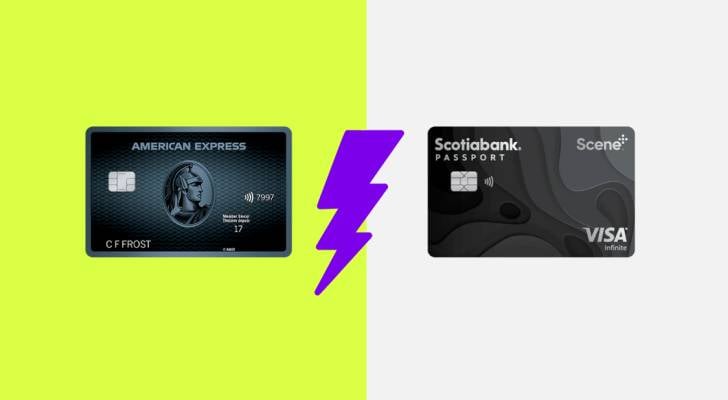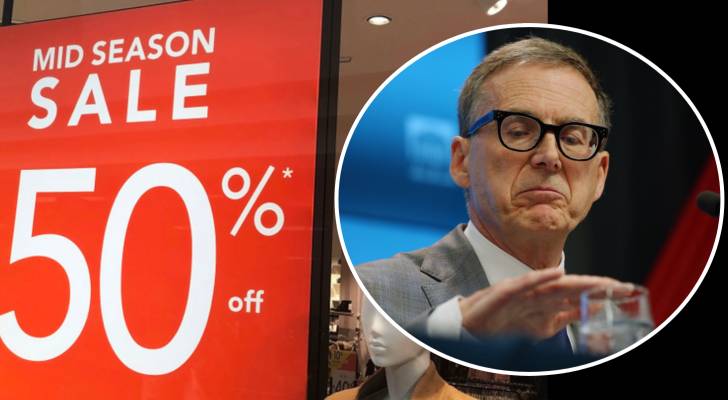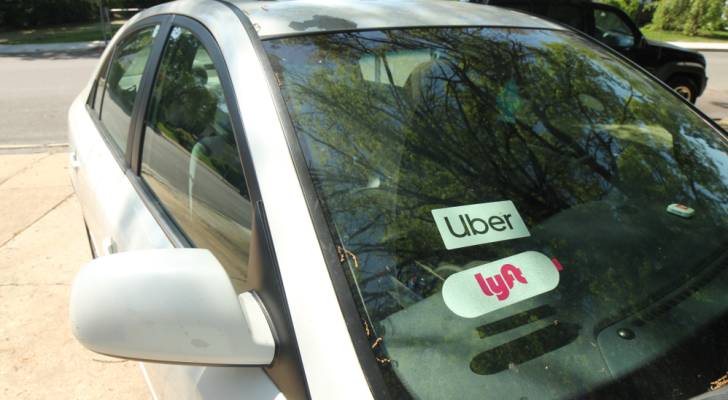Alberta implements a $200 EV tax. What does this mean for the future of electric vehicles?

Alberta will begin collecting an annual $200 tax on electric vehicles (EVs) starting Feb. 13, 2025. The new tax applies to all fully electric vehicles at the time of registration, while hybrid vehicles remain exempt. EV owners will be slapped with the $200 tax when they go to register their EV — after the initial […]
45% of Canadians admit biggest mistake is not saving enough—here’s how poor financial decisions can derail retirement plans

For many Canadians, the weight of past financial mistakes is proving to be more than just a temporary burden — it is actively reshaping their long-term future, particularly when it comes to retirement. A recent study from Money.ca highlights how financial missteps, from overspending to inadequate savings, are delaying critical milestones and forcing individuals to […]
How using the Amex Cobalt and the Scotia Passport Visa Infinite cards became the travel credit card combo I swear by

The Amex Cobalt and the Scotia Passport Visa Infinite are two of the best travel credit cards out there, but who says you have to pick just one? As an experienced traveller, I’ll show you how using both can elevate your trips around the world. It may sound like overkill, but trust me, this combo […]
Is a rate cut coming in 2025? Here’s what to watch in the next few weeks and months

As inflation slows and consumer spending stalls, many Canadians are wondering when — or if — the Bank of Canada (BoC) will finally cut interest rates. While a rate cut at the next policy announcement on July 30, 2025, seems unlikely, experts are watching several key indicators to assess whether a move is coming before […]
Adults-only, please: travel trends shift in 2025

More travellers are trading bottomless cocktails and family chaos for calmer, more intentional getaways. According to a new Flight Centre survey, 57% of Canadian travellers are opting for adults-only vacations, while 75% say they’d consider a booze-free trip this year. “We’re seeing a real pivot from the ‘do-it-all’ mentality to ‘do-what-matters,’” said Amra Durakovic, Flight […]
Ontario’s new gig‑worker law strengthens pay protections — but critics say it falls short

A sweeping new law aimed at protecting gig workers came into effect in Ontario on July 1, 2025. The Digital Platform Workers’ Rights Act, passed under the province’s 2022 Working for Workers Act, mandates minimum wage, pay transparency and greater job‑security even for workers classified as independent contractors. The gig economy — including ride‑share drivers, […]
Popular Tiktok asks users the craziest way they paid off their debt and the answers may surprise you. Here’s some better ways to manage your debt

Debt can make people desperate for financial change — some may even resort to using extreme measures to do so. Popular social media account @morganresets brought this reality to light when she posted a TikTok video asking fellow users how they recommend she deal with her $80k in debt in “unhinged” ways. They took the […]
A classic Canadian chocolate bar just got quietly discontinued

If your childhood snack drawer included a Jersey Milk bar, this one might sting. After 75 years on Canadian shelves, Mondelez, the maker behind the confectionary best used for smores, has quietly pulled the plug on the creamy white-wrapped classic, citing low demand. No press release. No farewell tour. Just gone, like the last piece […]
Despite economic uncertainty, Canadian homeowners remain confident in their budget

Despite the daily worries of escalating tariffs, economic recession, inflation and who knows what else, many Canadian homeowners don’t seem all that worried about keeping up. A new CIBC poll found the majority of mortgage holders feeling confident in their ability to handle their mortgage payments and make their budgets work. "As mortgage rates are […]
Canadians refuse to quit saving — despite market chaos and cost-of-living fears

Despite the ever-changing and volatile market that 2025 has wrought so far, many Canadians are staying diligent in saving for retirement. This, according to a new Sun Life report. For example, the report notes that positive trends in member savings behaviours are continuing with average contributions reaching over $9,500, a 6% increase from 2022. "The […]